Curing a National Epidemic with Physical Literacy and SEL
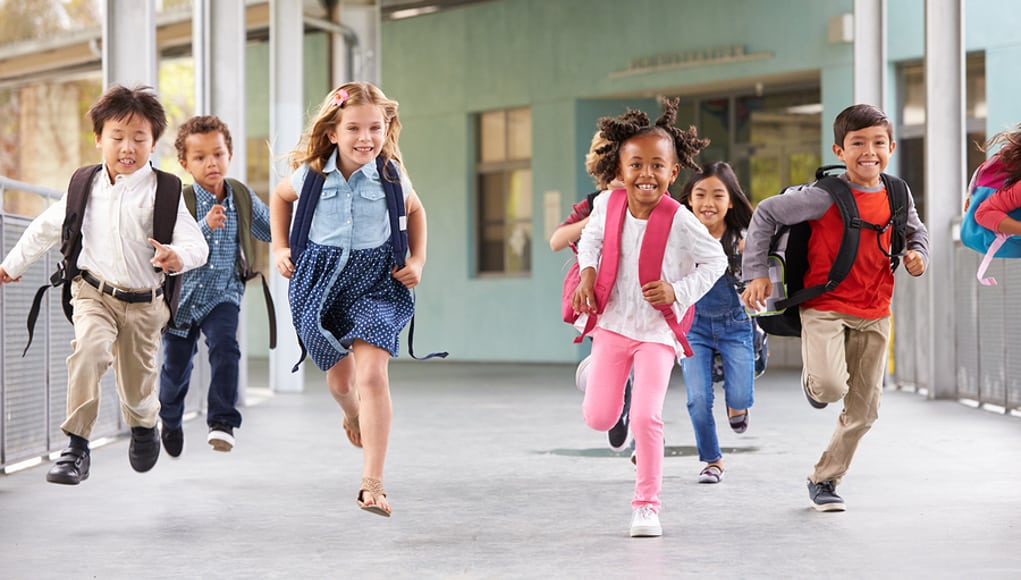
By Steve Boyle
The secret of change is to focus all of your energy, not on fighting the old, but on building the new.
~ Socrates
Real change doesn’t occur without a certain level of discomfort. In fact, the greater the discomfort, the greater the potential change.
At the micro level, personal change occurs when an individual throws their proverbial hands up and declares “I’ve had enough” and then commits to being their top self through daily choices and habits. At the macro level, it often happens when things get so uncomfortable that the cataclysmic change has either occurred or is seemingly about to occur.

We are at that point with our nation’s health, especially for children. We have reached this moment by neglecting the whole child and looking at the next generation in pieces segmenting mental health, physical health and intellectual capacity as if we can address one without impacting the others.
The result? This is the first generation of children whose life expectancy will be less than their parents. There is a solution that can help with the global physical and mental health crisis that we are experiencing. The answer lies in a literacy movement, but not one you might suspect.
Physical Literacy (PL) has the capacity to finally have us participate in a race to somewhere. Physical Literacy is the ability, balance, confidence, desire and explorative nature to be active for life. Imagine a blending of health, physical education and school counseling/ psychology with a splash of all other curriculums interspersed.
Physical Literacy is not a destination, but rather a lifelong journey for everyone, ages 1 to 100, that allows people to experience the benefits of knowing the fundamentals of movement, nutrition education and self-regulation. Doing so allows humans to play better, breathe better, think better and in all senses of the word – be better.

One of the age-old challenges for most educators is accomplishing more in seemingly less and less time. And administrators similarly have the challenge of wanting to have their faculty take cutting edge approaches while finding something to take off of their teachers’ proverbial plates. Taking a “cross-sector” comprehensive approach to infusing physical literacy is a win-win.
While allowing children to experiment with fundamental action and nutritional skills are key ingredients, infusing social-emotional learning (SEL) through mindfulness practices is the secret sauce. This can be done through all out PL curriculum and programming or in classroom activity breaks, like the BrainErgizers featured in a recent New York Times article. Our skill-based approach to SEL is called T.O.P Self (T.O.P. stands for “Thinking On Purpose”) and allows for students and teachers to practice emotion identification and regulation seamlessly throughout the day.
To provide a more thorough definition of Physical Literacy, here is a breakdown of the components.
Ability (as it relates to Physical Literacy) is globally known as those fundamental action skills that serve as building blocks for play. In the same way that if you only learned the letters A through G, you would only be able to read a limited amount of words. Only knowing how to run and jump would severely limit your capacity to participate in so many other important life activities (eg. cycling, climbing, catching, dancing, throwing, swimming, etc.).
But, we also want individuals to have the ability to recognize where their food comes from and how to prepare it, as well as have the simple fundamental skills of self-regulation that allow you to manage and express your emotions appropriately.
Balance has both a figurative (lead a balanced lifestyle) and literal (balance on one leg) meaning, but both are intentionally relevant here. We have entered an era of excess, specialization and inactivity. Focusing on both lifestyle and physical balance is key to the comprehensive nature of our approach.
Confidence. If you think about it, the opposite of confident is anxious. Anxiety is pandemic globally and seemingly worsens every year. The common solution has become medication, either through prescriptions or self-medication. If you don’t perceive yourself to have ability you are unlikely to have the confidence to do many simple life tasks. Creating safe, fun situations for individuals to try–without judgment for success or failure–is tantamount to building confidence and consequently decreasing anxiety.

Desire is perhaps the most ambiguous of the terms in our definitions. The white paper, Physical Literacy in the United States published by the Sport and Society Program of the Aspen Institute, refers to desire as “the intrinsic enthusiasm for physical activity, whether in organized or unstructured formats, in traditional or alternative sport. This result is achieved through early positive experiences that are fun and motivate children to do their best.” I would argue that desire is like a destination. – Without one, you stand still; with one, you move forward with conviction and purpose.

Explorative nature – we are sadly becoming less curious and creative as a society–especially in our ability to play, prepare our food and discover means of self-regulation. Technology at our fingertips, packaged foods and quick fix medications have “simplified” our lives and have created conveniences that have robbed us of exploratory opportunities.
Deliberately addressing this deficiency allows for individuals to regain and retrain for a skill that will serve a life-time. Jean Piaget, the famed Swiss psychologist declared, “Children require long, uninterrupted periods of play and exploration.” We couldn’t agree more, and it’s good advice for adults as well.
Active for Life
Like any literacy movement, the earlier we start the easier it is for development (think acquiring language skills). But that’s not to say we can’t learn to speak French in our fifties, or to play the saxophone in our sixties. As referenced earlier, Physical Literacy is a journey and not a destination. We don’t say “active until age 12”, or “active until you get a college scholarship” or “active because you’ve put on a few pounds.”
Developing Physical Literacy is a cultural shift towards overall health and wellness. Most of us want to live as long as possible without injury or illness. Physical Literacy is a tool that can help us reach that goal.
For more, see:
- How to Create Student Fitness Opportunities & Physical Education in Online Learning
- Physical Activity Proves a Vital Function in Cognitive Ability in Recent Studies
- Getting Smart Podcast | CASEL: Leading Advocate for Social Emotional Learning
Steve Boyle is CEO of the National Association of Physical Literacy. Follow him on Twitter: @SteveBoyle241

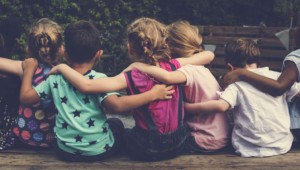
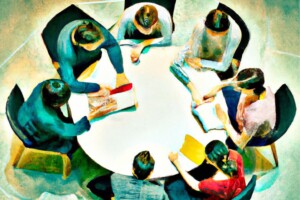
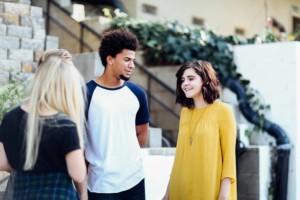
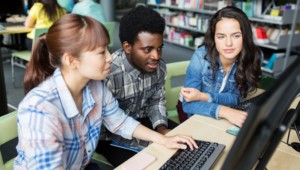
0 Comments
Leave a Comment
Your email address will not be published. All fields are required.